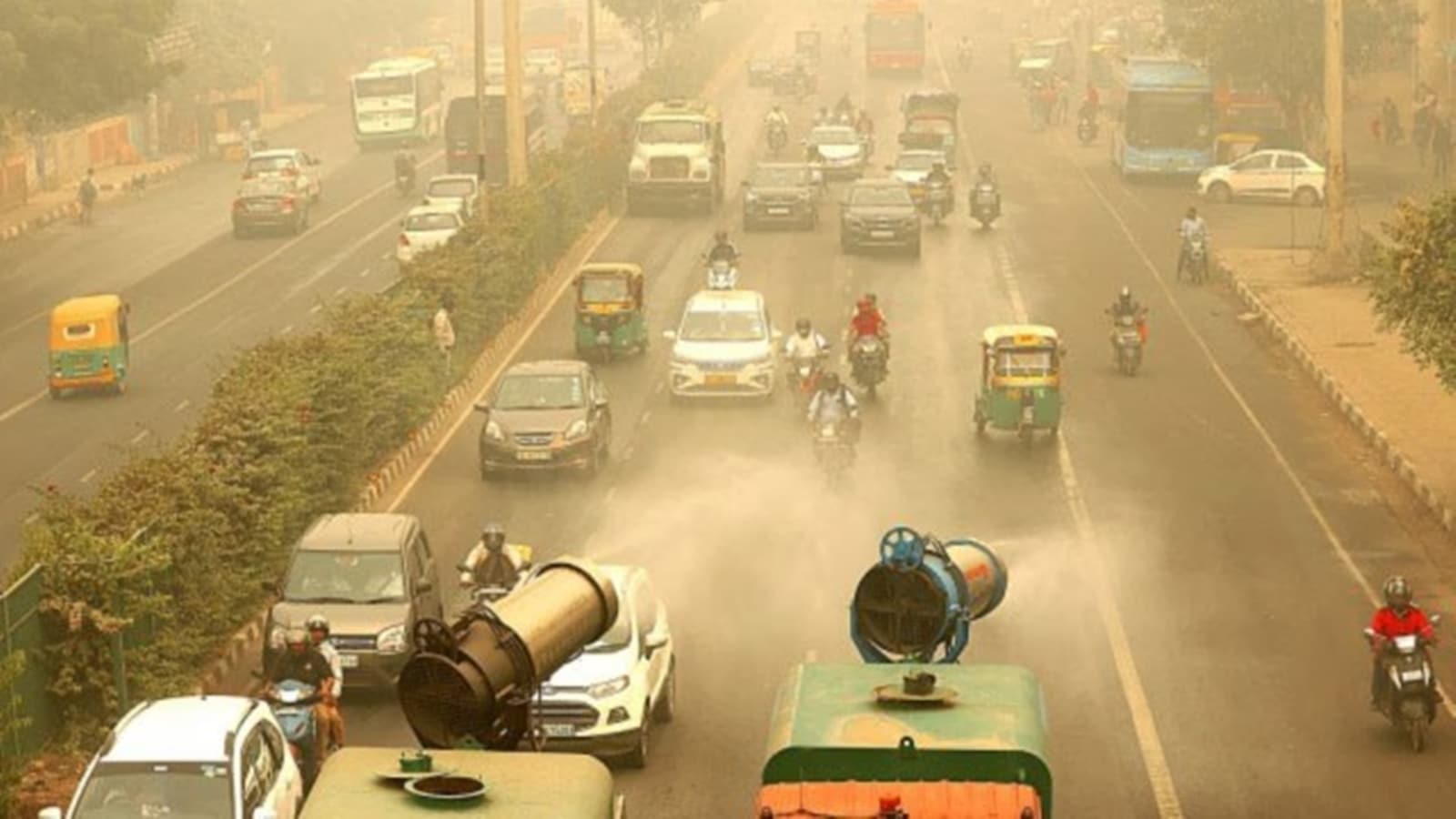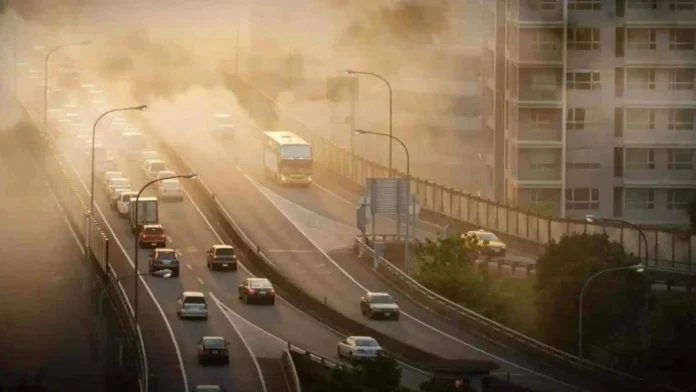- As you are aware, the air quality of the capital city of India, New Delhi, is notorious, making living hellish at certain months of the year is a yearly process that keeps playing out religiously. Successive governments have introduced several mitigating measures to combat the poor quality of the air, but to no avail. Despite the government authorities leaving no stone unturned in even thinking out of the box to ensure the polluted air is breathable have been rendered utterly useless for want of scientifically backed mitigating measures. The knee-jerk reactions followed by irrational measures to curb the incessantly growing menace mirror that the government has not been able to zero in on a workable solution to the pollution issue bothering the national capital.

PC: India Today
- The first mitigating measure is always aimed at curbing the old vehicles plying on the capital’s roads. The moot point to ponder over here is whether this is a viable way of addressing the air quality issue, which may emanate from other equally hazardous ways. This fixation with exiling/easing out old vehicles is grossly mistaken. Mind you, the fault is not in a car’s age, but its emissions. Not for nothing, Delhi tops the list of the world’s most polluted capital cities. While it grabs the most repelling headlines, its terrible air quality is widely shared across North India. Logically, any measure the capital finds should be scalable and do a whole lot of good beyond it. Phasing out 10–15-year-old cars that get merrily relocated elsewhere is of little use.
.jpg)
PC: AZoCleantech
- A serious escalation of the scheme on the first day of July saw old vehicles being denied fuel and even impounded. Public outrage was predictable and substantial, pushing the government to climb down. What the episode highlighted is that even as acute air pollution takes a grim toll on our health and wealth, our environmental firefighting continues to be weak in both science and vision. Buying a vehicle is an investment of hard-earned life savings for the middle class. And when this is crushed via rigid ageism, it’s a travesty of environmental justice. Why don’t other capital cities say no to older vehicles per se? Because, to state the obvious, nothing stops newer vehicles from being grossly polluted, if there is any technical issue or poor maintenance.

PC: The Indian Express
Undoubtedly, well-serviced and maintained older vehicles can very well be the more sustainable alternative. These decisions must be made case by case. This needs emission monitoring to kick up. Instead, Delhi authorities themselves seem to have zero confidence in the PUC process. There is a widespread feeling that pollution-control centres are corrupt and their certifications are fraudulent. All government stakeholders must solve this problem in earnest. Of course, the salvage economy has hardly taken off despite making noises. To begin with, investing more in remote sensing of emissions would be a game-changer. This technology measures real-world vehicle performance. A tough decision will need social negotiations. The authorities must kick-start this.






